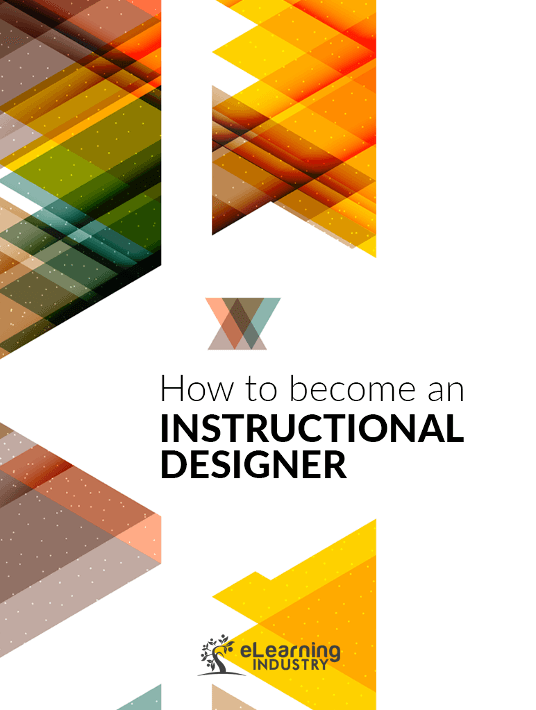Two essential skill for an Instructional Designer to acquire are listening and influencing skills. These skills are not always found in text books; they are acquired through practice and experience.
As Instructional Designers we know what’s best for the learners, but our customers don’t always have the same perspective. Getting the client to understand what we think is the best approach, but it isn’t always easy. I’ve had many clients come up to me saying I need this content online in a format of a PowerPoint with narration by next week. Can you please do this for me? My first reaction is: “Mmm, and how we are going to wake up the learner from their deep sleep to go back to work?”. Of course, I don’t say that. I already know what the tutorial might look like, but I don’t even hang on to that idea. I start with a clean slate and listen to the needs of my client. That’s when I ask a ton of questions, until I get to the very root of the issue the client is trying to solve. These questions also help the client understand that their initial solution might not be ideal. Once I have gathered enough information, I am able to work collaboratively with the client towards a solution. Instructional Designers have to deal with clients all the time. You can be an excellent Instructional Designer. If your listening skills and influencing skills are poor, you might have a hard time getting the client’s buy-in and this might make your work much more difficult. In all my years of dealing with clients, I learned one important thing: When they approach me with a request, I always tell myself “This isn’t my project, this is my customer’s project”. My goal is to provide the client with the best possible solution while keeping him/her engaged and motivated in the whole process.



